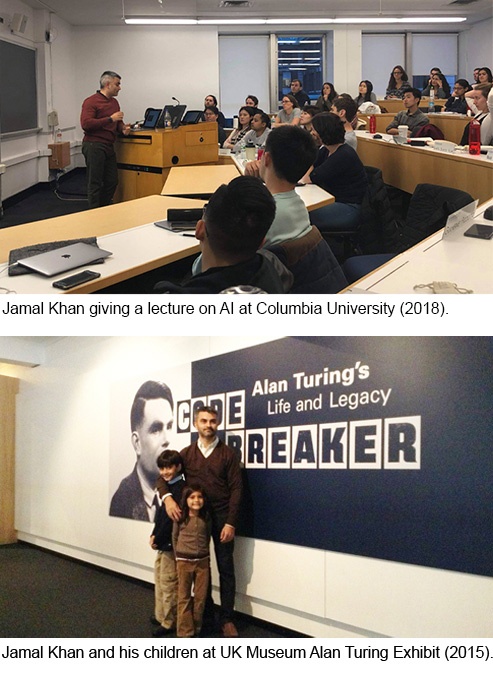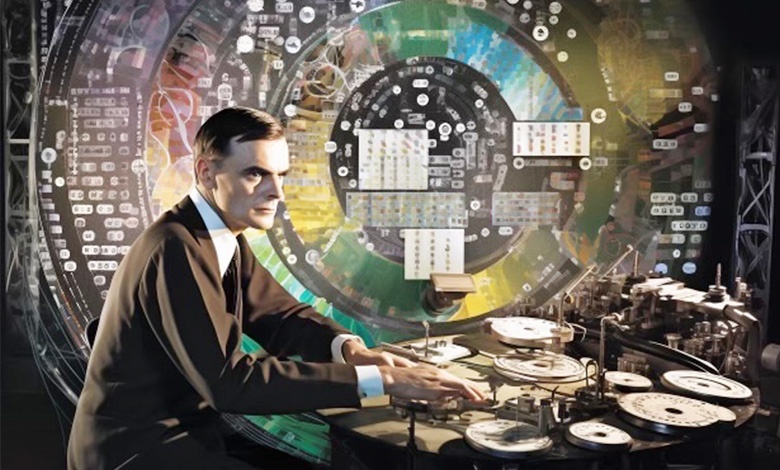Today, as we commemorate AI Appreciation Day, I find myself reflecting on the transformative journey of the past two decades since I first ventured into the realm we now recognize as Artificial Intelligence. In those early days, our work on contextual language systems for threat intelligence aggregation was hardly seen as pioneering AI. We were merely engineers in pursuit of modest breakthroughs, crafting solutions with a mission in mind. Yet, over time, our steady progress enabled the creation of systems capable of learning and adapting algorithmically to changing variables.

Among the most rewarding experiences has been the opportunity to engage with the bright, curious minds during academic lectures across various institutions. Their eagerness to explore the future, juxtaposed with the skepticism of some, only fueled our collective passion for what might lie ahead. In recent years, as advancements in this field have surged, I’ve had the privilege of meeting influential figures and visiting the corridors where tech giants have shaped the future.
Yet, our celebration today owes much to Alan Turing, who, in 1950, first posed the question, “Can machines exhibit intelligence?” His inquiry laid the groundwork for our current achievements and challenges in AI.
As we celebrate, we must also embrace a moment of somber reflection on the dual-edged nature of this technology. Celebrating AI may seem premature as we, the practitioners, must remain vigilant about its potential misuse.
In a world often seen in black and white, we stand at a crossroads. AI could lead us either to a promising future marked by health and security or toward a dystopian society riddled with perpetual surveillance. Yet, a third path might blend these realities, ushering in an era of deep digital integration and automation—with all its attendant benefits and drawbacks.
Looking forward, the legacy of AI will depend significantly on how we choose to implement it. As we celebrate today, let us temper our enthusiasm with a cautious appraisal of the potential risks. Our choices now will determine whether we continue to celebrate AI’s possibilities or brace against its threats in the years to come.
To learn about Connection’s efforts in the AI space, please visit our Helix Center for Applied AI and Robotics.

